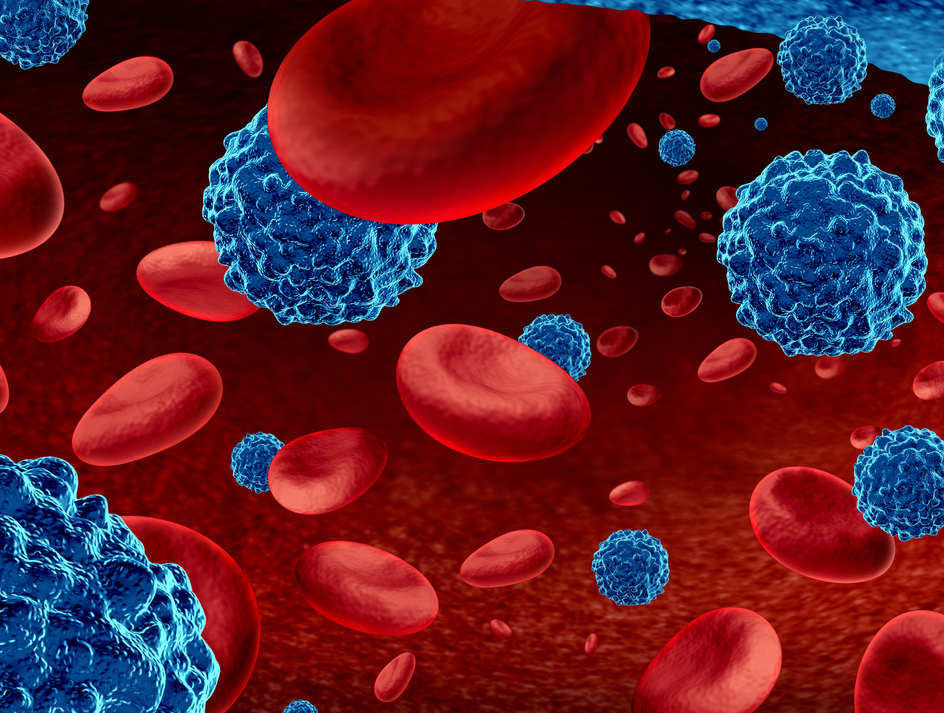
Recently Diagnosed or Relapsed? Stop Looking For a Miracle Cure, and Use Evidence-Based Therapies To Enhance Your Treatment and Prolong Your Remission
Multiple Myeloma an incurable disease, but I have spent the last 25 years in remission using a blend of conventional oncology and evidence-based nutrition, supplementation, and lifestyle therapies from peer-reviewed studies that your oncologist probably hasn't told you about.
Click the orange button to the right to learn more about what you can start doing today.
- You are here:
- Home »
- Blog »
- Multiple Myeloma »
- Free Light Chains- Myeloma-
Free Light Chains- Myeloma-

Because multiple myeloma is a cancer of the blood, diagnostic tests are used to determine what, if any, blood components are out of the normal range. Free light chains are a component of blood that can be measured to determine if a person has multiple myeloma.
Multiple myeloma occurs when the human body’s plasma cells, normally comprising less than 5% of a person’s bone marrow, multiply uncontrollably.
Further, there is often an abnormal production of immunoglobulins (antibodies) by malignant plasma cells. These immunoglobulins consist of two heavy chains and two light chains. The light chains can be further classified into two types: kappa and lambda.
In multiple myeloma, there is an overproduction of one type of light chain, either kappa or lambda, leading to an imbalance. This can be detected through laboratory tests that measure the levels of kappa and lambda free light chains in the blood or urine. The ratio of kappa to lambda light chains is often disrupted in multiple myeloma, and an abnormal ratio can be indicative of the disease.
What is bone marrow comprised of?
Bone marrow is a spongy tissue found in the cavities of bones, and it is a crucial part of the human body’s blood-forming (hematopoietic) system. It consists of various cell types, including:
- Hematopoietic Stem Cells (HSCs): These are undifferentiated cells that have the ability to develop into different types of blood cells, such as red blood cells, white blood cells, and platelets.
- Blood Cells:
- Red Blood Cells (RBCs): Responsible for carrying oxygen to the body’s tissues.
- White Blood Cells (WBCs): Play a crucial role in the immune system, defending the body against infections.
- Platelets: Essential for blood clotting and wound healing.
- Fat Cells:
- Adipocytes, or fat cells, are also present in the bone marrow.
- Stromal Cells:
- These cells provide a supportive framework for hematopoiesis and help regulate the development and function of blood cells.
- Blood Vessels:
- Blood vessels within the bone marrow provide a network for the transportation of blood cells.
The bone marrow is categorized into two types: red marrow and yellow marrow. Red marrow is actively involved in blood cell formation, while yellow marrow is composed mainly of fat cells. As individuals age, red marrow may be replaced by yellow marrow in certain bones.
My diagnostic testing was complicated by the fact that I was “non-secretory.” I have read that approximately 3% of newly diagnosed myeloma patients are non-secretory. This means that I didn’t exhibit free light chains.
Have you been diagnosed with multiple myeloma? If you have questions about those diagnostic tests used to identify and measure your MM, let me know- David.PeopleBeatingCancer@gmail.com
Thanks,
David Emerson
- MM Survivor
- MM Cancer Coach
- Director PeopleBeatingCancer
What Is M Protein (Myeloma Protein)?
“M proteins go by a lot of different names. You may hear your doctor call them “monoclonal ” proteins. They’re also called
- monoclonal immunoglobulin,
- M spike, or
- paraprotein…
Complications of M Proteins
A lot of the time, M proteins don’t cause any problems. You may not realize that you have them in your body. But as the abnormal or cancerous plasma cells spread, they may crowd out healthy blood cells. This can lead to complications, such as:
Anemia. Symptoms of anemia like shortness of breath is one of the more common presentations cause the BM is so crowded with abnormal plasma cells that red blood cells are crowded out. So are platelets that are formed in the bone marrow, so bruising is common.
Infections. When plasma cells make more M proteins, there are fewer functional antibodies to fight infections.
Peripheral neuropathy. M proteins can affect how well your nerves work. You can get numbness, tingling, or burning in your hands, feet, or lower legs.
Bone loss or damage. Bones are weakened by dysfunctional plasma cells, both cause of decreased bone density (bone loss) and because of actual collections of cancer cells in the bone. You can suffer from bone fractures from minimal activity (like a sneeze). This is called a pathologic fracture.
Kidney problems. Your kidneys have to work overtime to filter out the M proteins and calcium in your blood. Your kidneys might not work as well as they should, or you might even have kidney failure…
Types of M Proteins
M proteins are made of pieces called chains. There are usually two “light” chains and two “heavy” chains.
M proteins are grouped by what kind of heavy and light chains they have. There are five kinds of heavy chains, called IgG, IgA, IgD, IgM, and IgE. There are two types of light chains, called kappa and lambda.
The most common type of M protein in myeloma is IgG. High levels of IgM suggest you may have Waldenstrom’s macroglobulinemia…

